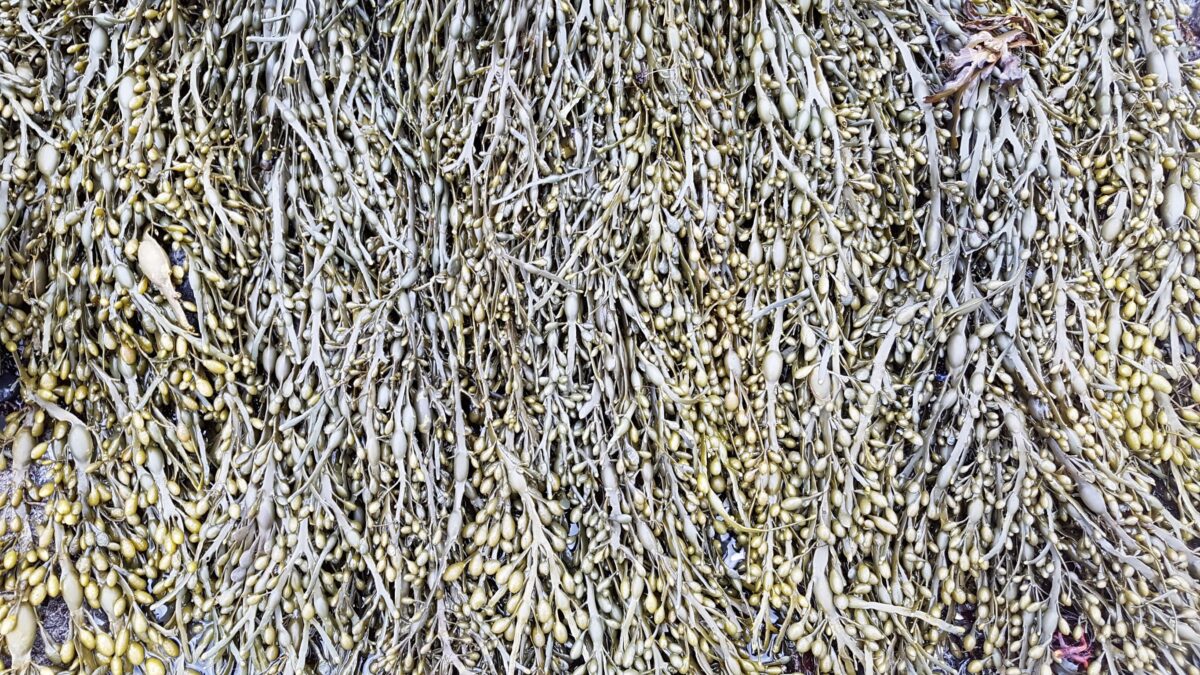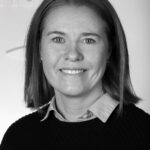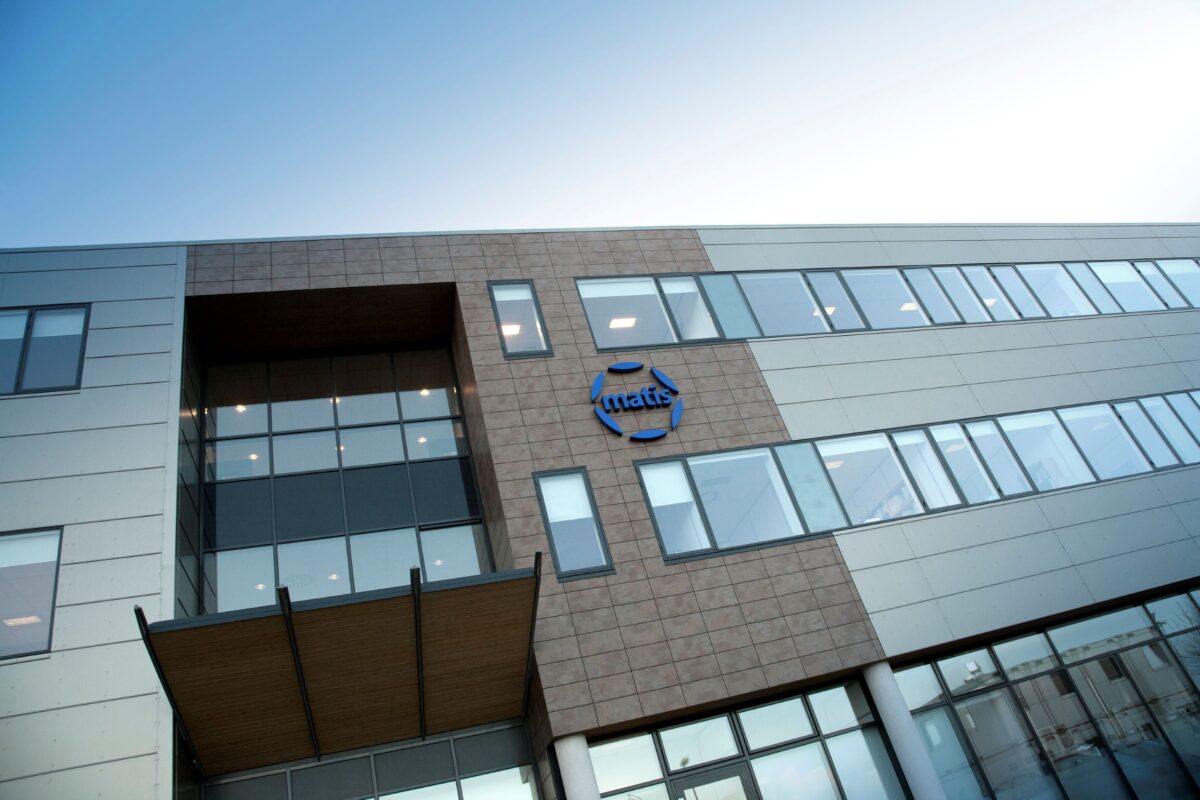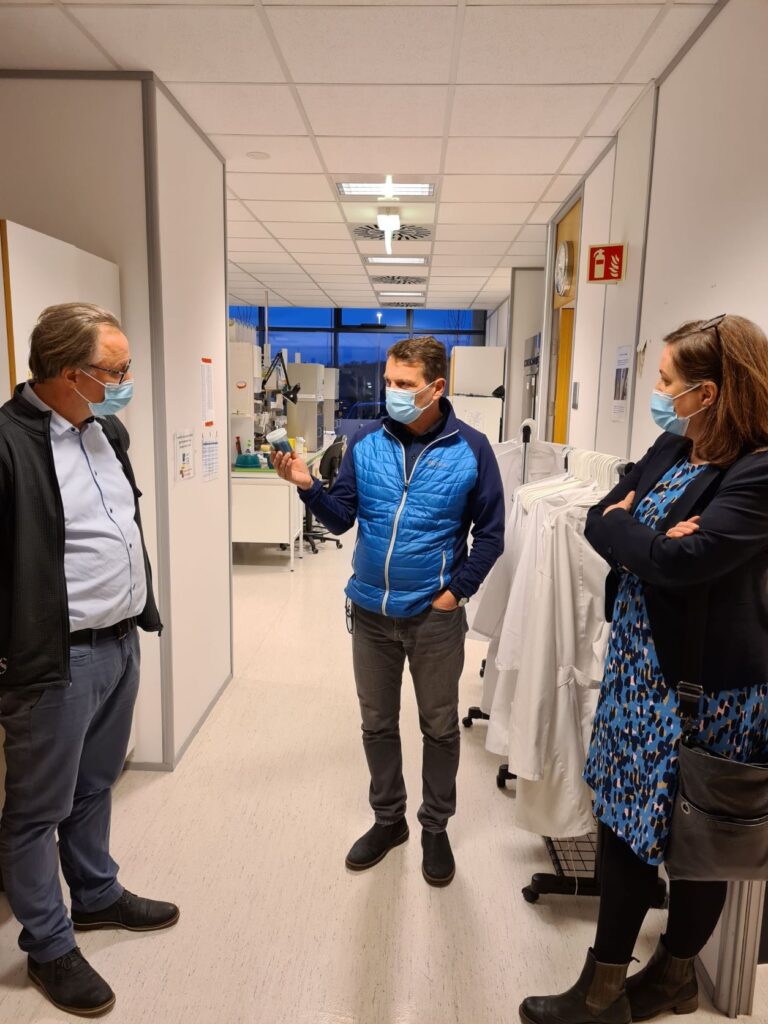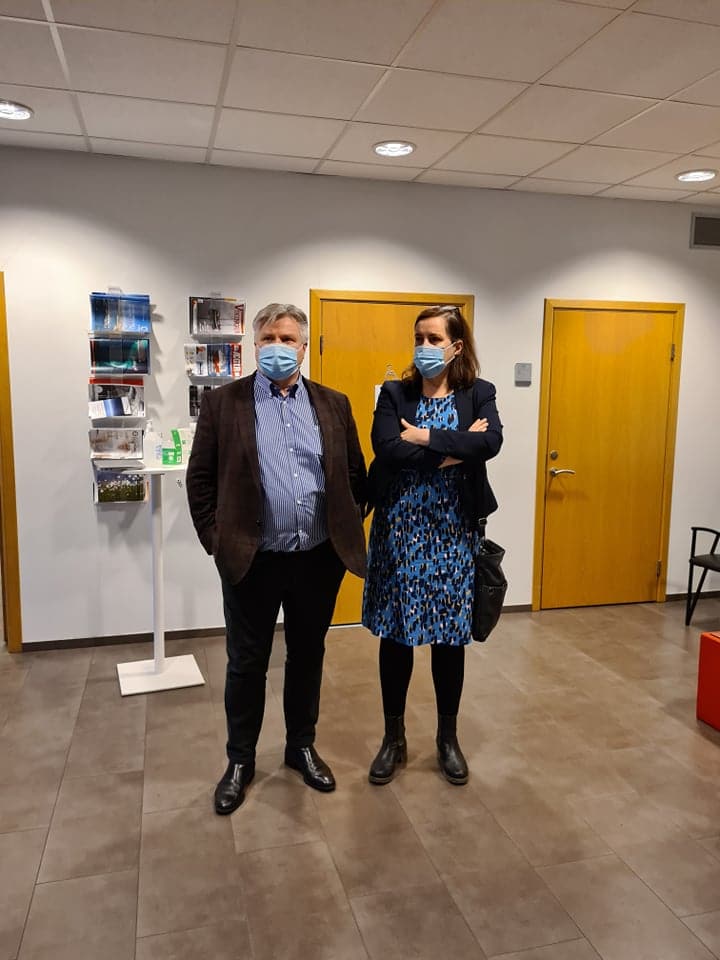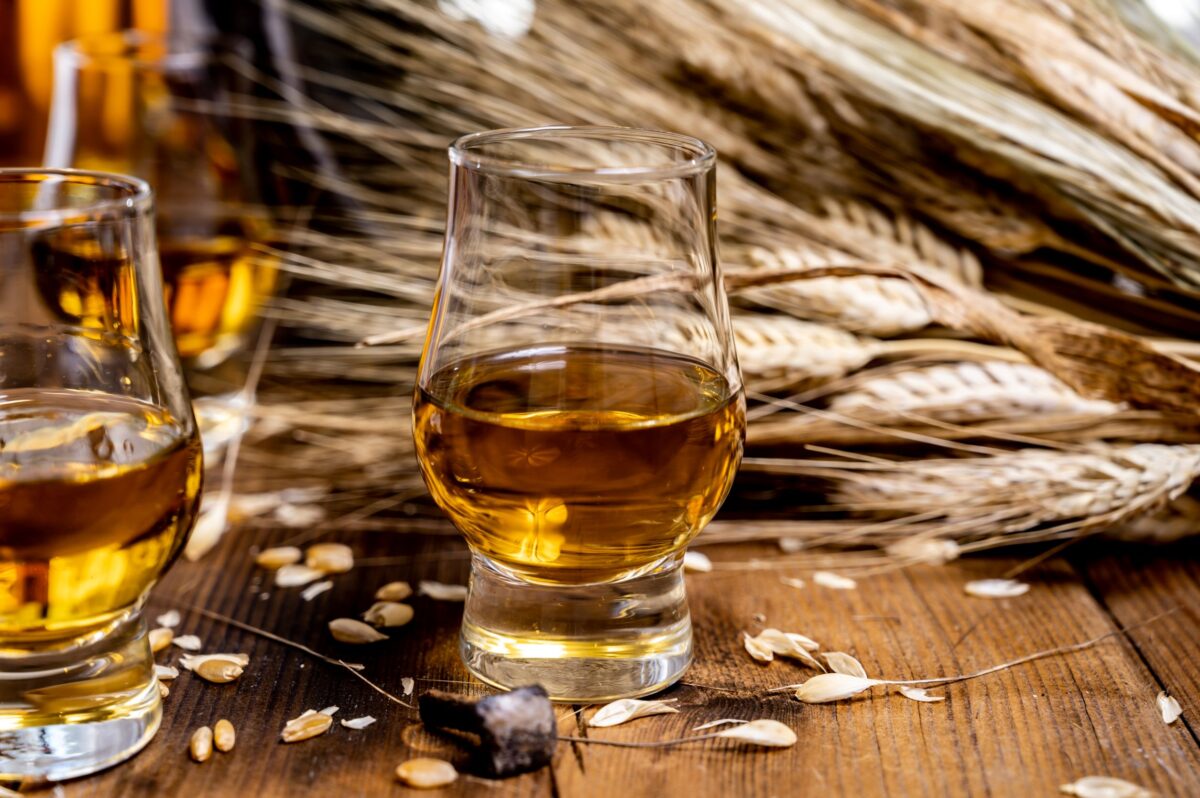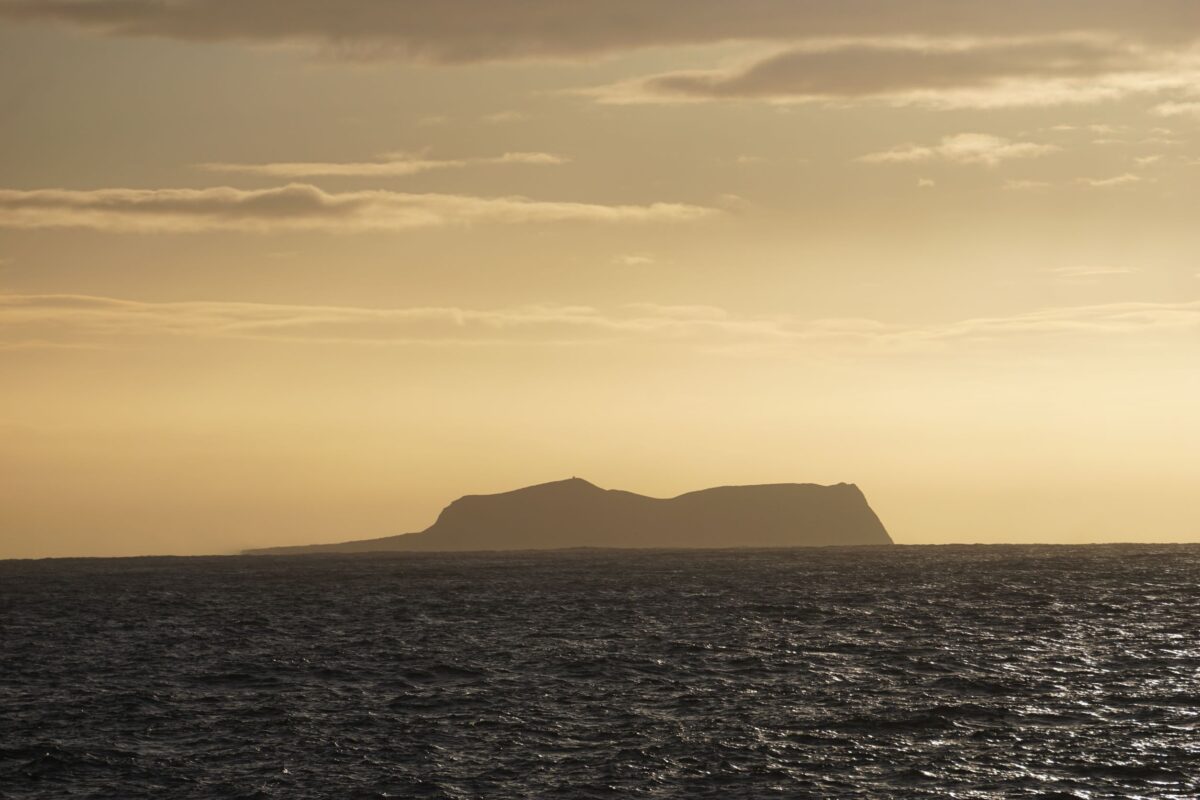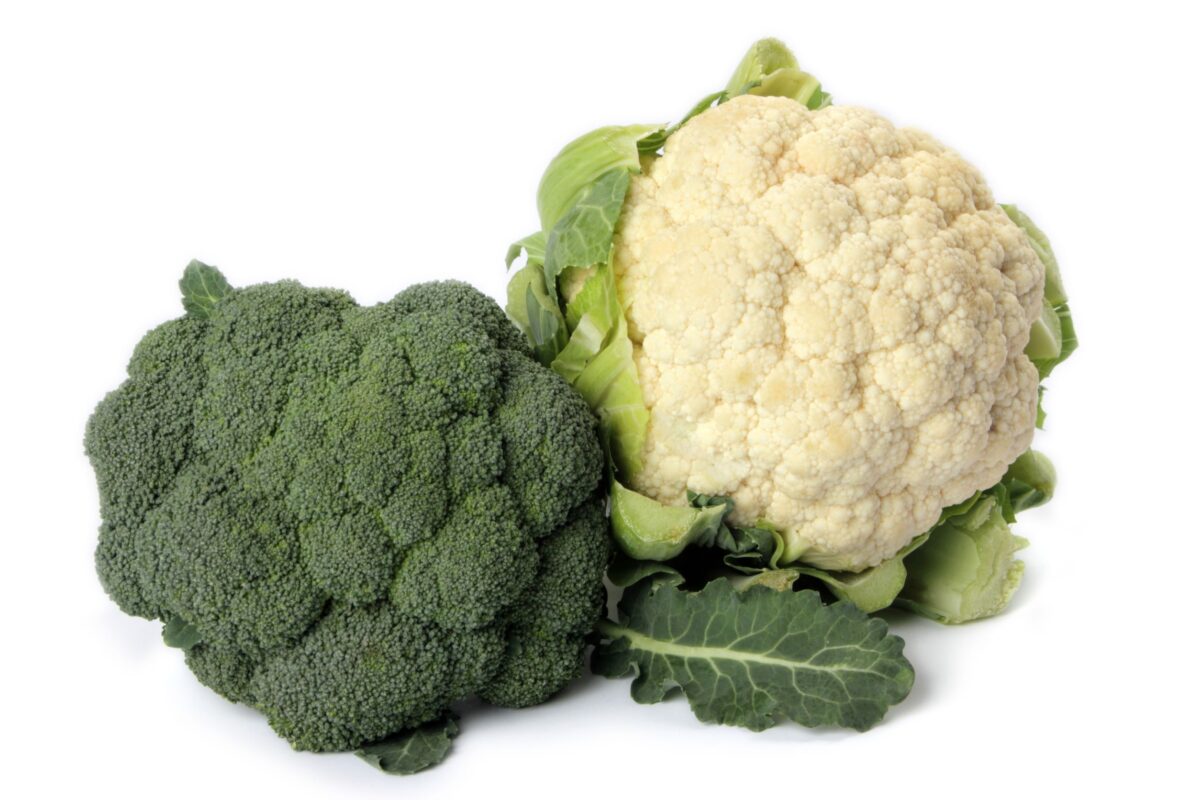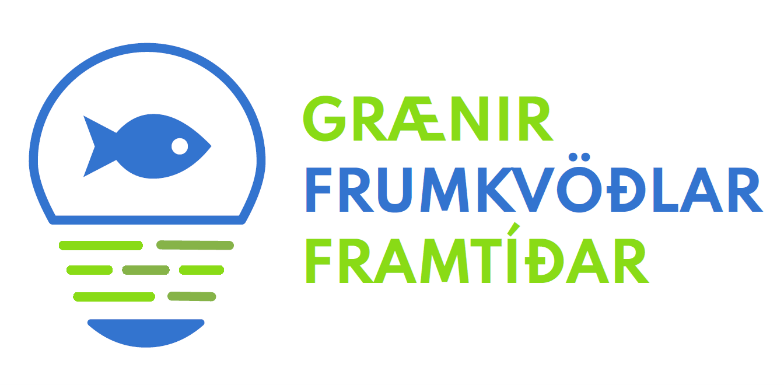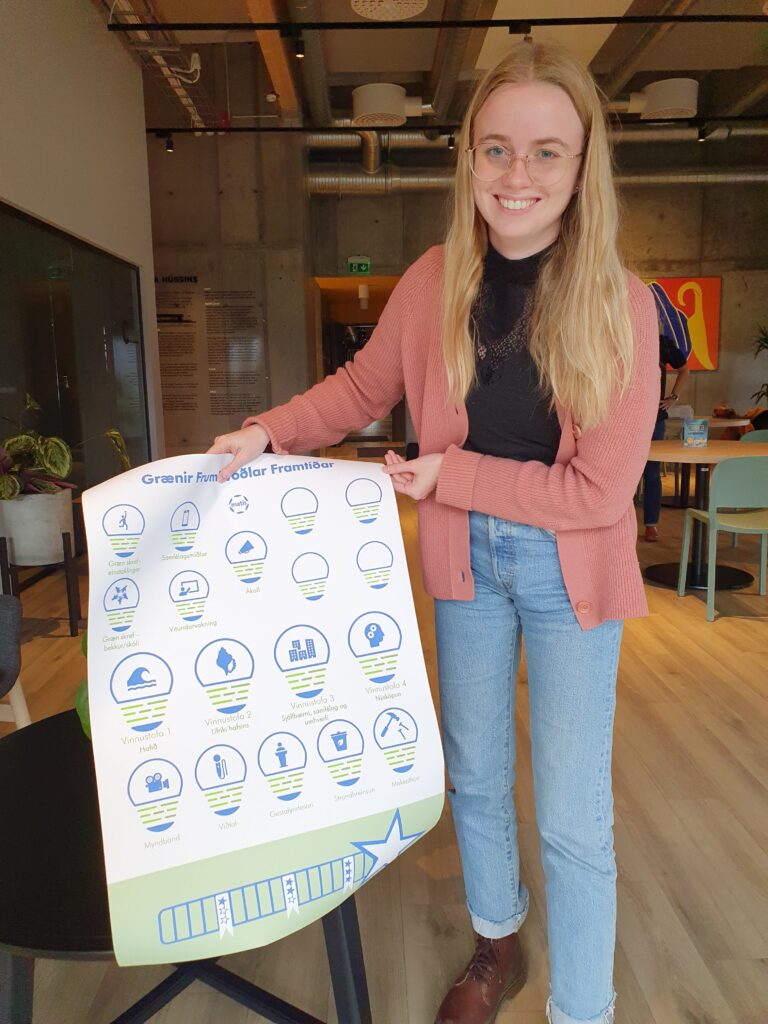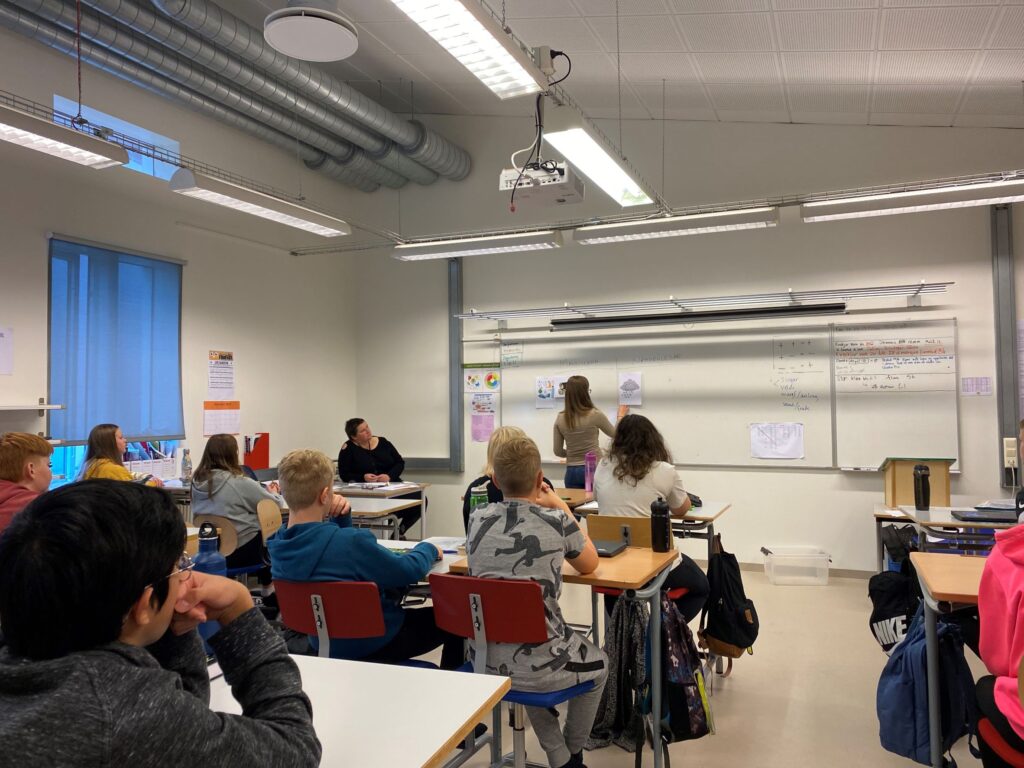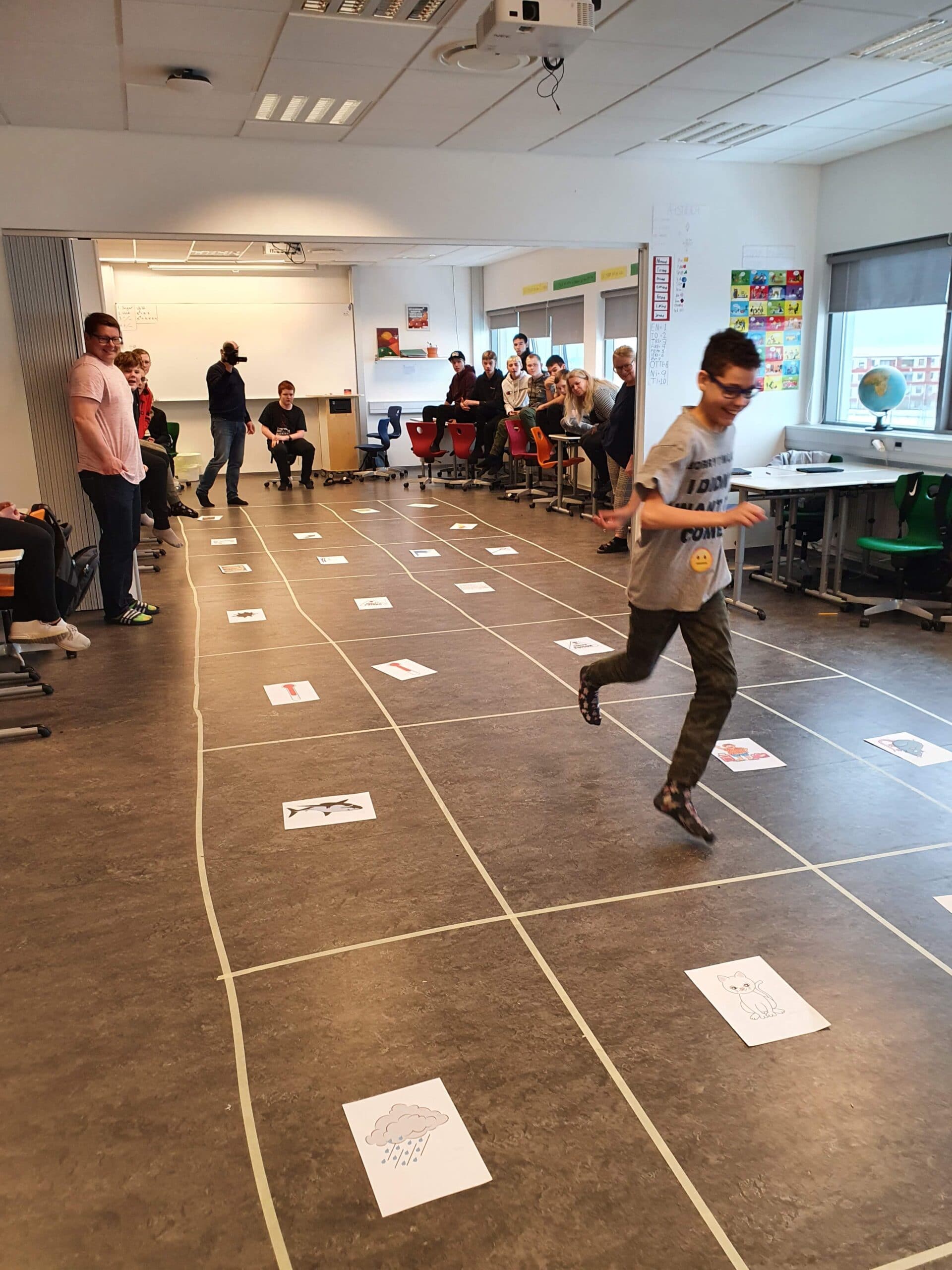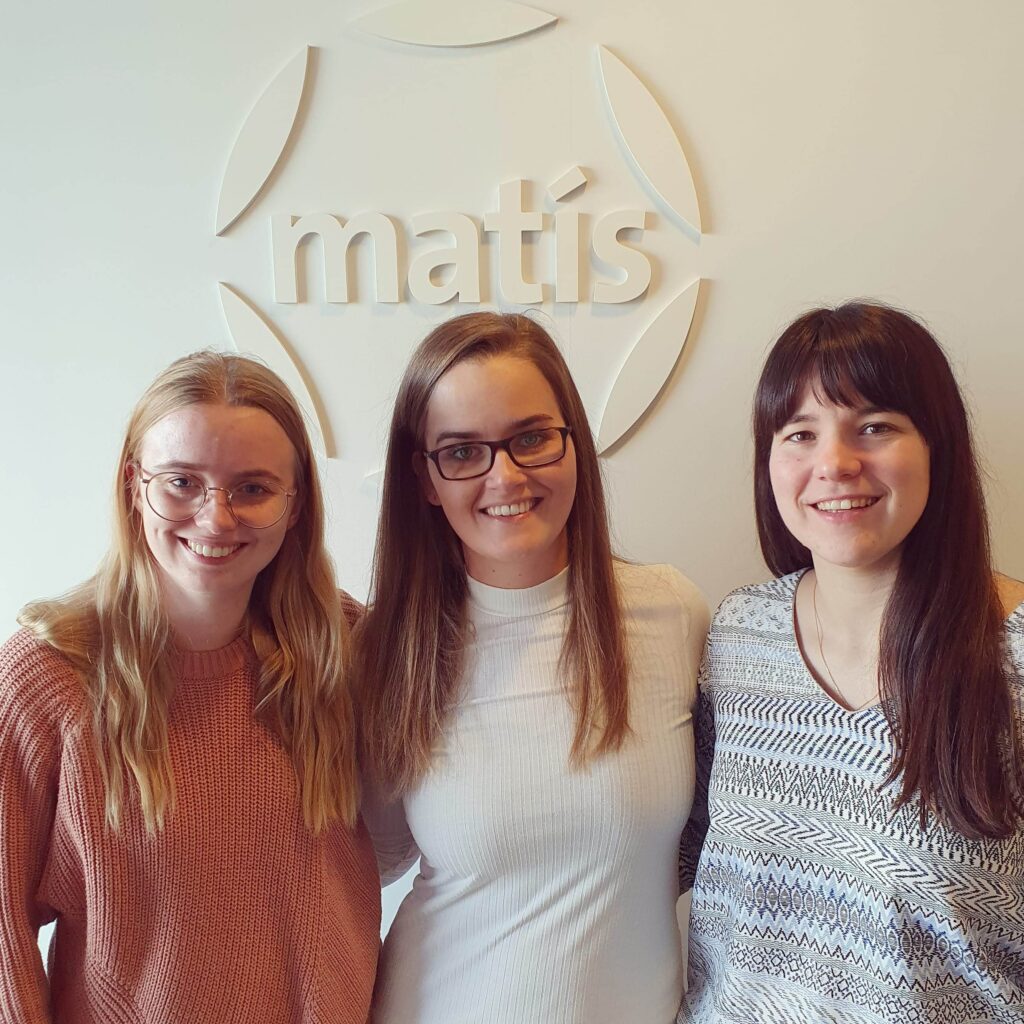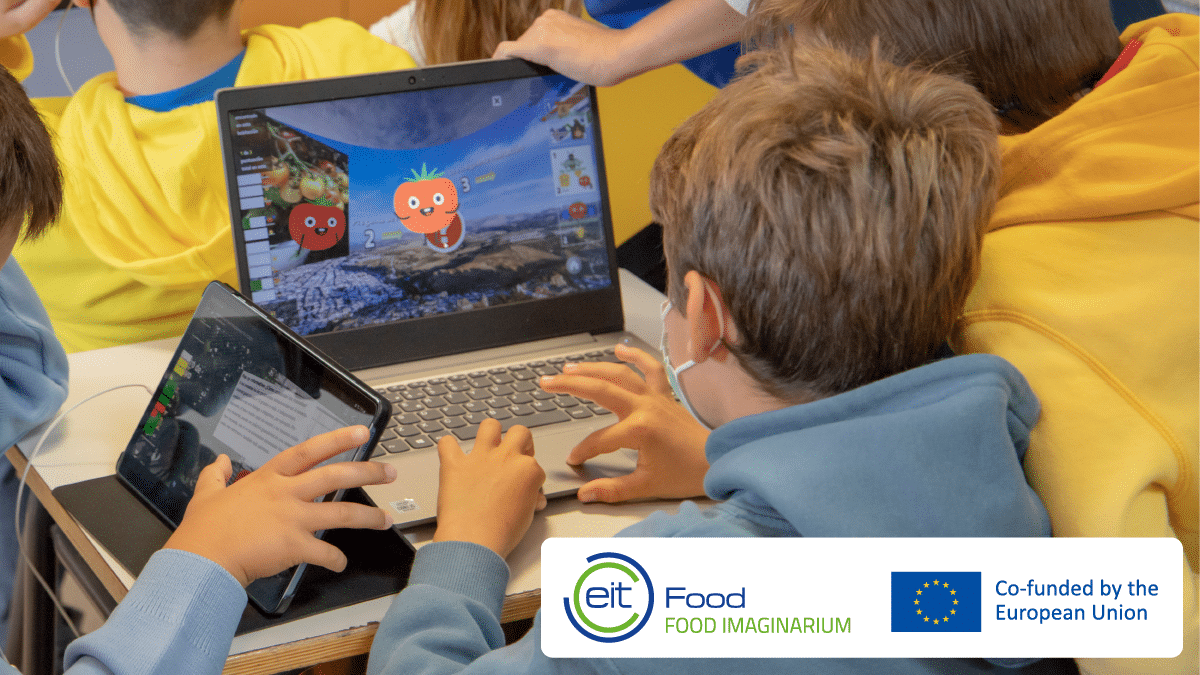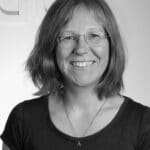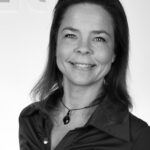Seaweed is a sea plant and is in fact an unused resource of biomass that is found in large quantities all over the world, including off the coast of Iceland. Seaweed has become much more common than that was previously in people's daily consumer goods, for example in food supplements, cosmetics, medicines and food. In recent years, a number of diverse projects related to seaweed, its properties and utilization have been carried out at Matís. Among them are the projects Súrþang and SeaFeed, which have been managed by Elísabet Eik Guðmundsdóttir and Ólafur H. Friðjónsson. We talked to Elísabeta Eik about the possibilities of research of this kind.
Seaweed contains a lot of bioactive substances and many of them have been described as beneficial to health, including prebiotic. Research on seaweed is growing rapidly in the world, as it is available in large quantities around the world. In many places, seaweed can be harvested in a sustainable way and its cultivation does not require land or fresh water. At Matís, emphasis has been placed on researching complex carbohydrates and bioactive substances in the seaweed, with the aim of creating value through new products or methods. Seaweed substances have all kinds of bioactivity, for example they can be antioxidant, affect the inflammatory response, fight bacterial infections and more. Bioactivity is when something affects living processes and we are trying to see and find what a good effect they can have.
The projects Seaweed and SeaFeed have mainly focused on the development of a fermentation method for seaweed with the aim of using fermented seaweed, so-called seaweed, to be added to aquaculture feed. These research and development projects have been carried out in collaboration with Laxá fiskafóður, the University of Helsinki, the Quadram Institute in the UK and Þangverksmiðjan Thorverk, with grants from the Rannís Technology Development Fund, EIT Food, AVS and the Food Fund.
What were the main objectives of the research?

The main objectives of the projects were to develop a product with positive health properties from seaweed for use in aquaculture feed and thus bring underused biomass into the food chain. We envisioned such research that it would benefit the rapidly growing seaweed industry and contribute to increased value creation from seaweed. Feed producers could then also develop new feed mixtures and aquaculture companies could use feed from Icelandic materials.
Fermentation, beneficial bacteria and improved intestinal flora
The processing of seaweed begins with dried and ground seaweed which is prepared for fermentation by a method which involves soaking the seaweed in water and heating it to 70 ° C. As a result, carbohydrates are released from the seaweed into the solution and at the same time a large part of the seaweed's microbial flora is killed.
After pre-processing of the seaweed, it is fermented with lactic acid bacteria from the genus Lactobacillus but the strain used can use mannitol, a sugar alcohol found in algae in large quantities, for growth and metabolism.
The fermentation process makes the seaweed easier to digest and makes oligosaccharides more accessible. Analysis of the hydrocarbon content of the seaweed after fermentation revealed that branched oligosaccharides are still present in the product but are not eaten by the fermentation bacteria.
This is important because sugars play a bactericidal role. In other words, they stimulate the growth of beneficial bacteria in the intestines of farm animals. Lactobacillus the strain itself is considered a beneficial bacterium and this mixture of beneficial bacteria and a bactericidal stimulant oligosaccharide makes seaweed a product with multifaceted activity.
The situation today gives good hope for the future
The products of the projects have been tested in aquaculture experiments where salmon were fed on traditional fishmeal feed with fermented seaweed of two types and without seaweed for comparison. The growth of the fish and the effect of the feed supplement on their intestinal flora were monitored, as well as chemical analyzes and sensory assessments of the salmon product.
During sensory evaluation, samples of salmon from all feed groups were evaluated in triplicate by 8 trained sensory judges with regard to 17 factors describing the taste, smell, texture and appearance of salmon and no significant difference in taste, smell or texture was found between the three feed groups. Consistent with the sensory assessment, no significant differences in the taste or texture of salmon from different feed groups were found in a public consumer survey.
Measurements were also made on the color, protein content, fat and water in the salmon, but there was no significant difference between the groups when looking at these factors. Heavy metals have also been measured in salmon, but it is known that seaweed often contains a lot of heavy metals, especially iodine. It was clear that the high iodine content of certain types of seaweed is transferred to the salmon. High iodine content can have a positive effect here as iodine deficiency is widespread in the world and is considered a serious health problem. However, iodine is the factor that limits the amount of seaweed that can be contained in feed so that it does not have a bad or unhealthy effect, according to current regulations on the maximum value of heavy metals in feed. Other major heavy metals such as arsenic, lead, cadmium and mercury were all well below the feed threshold and there was little to no difference in these substances in salmon fed seaweed compared to salmon fed conventional feed.
The intestinal flora of salmon fed seaweed was shown to contain significantly less bacteria from genera containing known pathogens in fish compared to the intestinal flora of a control group fed on conventional non-seaweed feed. These results give good hope that the addition of seaweed to feed has in fact had a positive effect on the intestinal flora of farmed salmon.
As things stand today, the fermentation method has been developed and the product tested in aquaculture. Further research is underway to answer some outstanding questions and further improve the quality and safety of the feed supplement. Further development of the product is underway and it is planned to repeat the aquaculture experiment for confirmation in 2022.
What do you think is most exciting about research on seaweed?
The most exciting thing about the stage as a whole is that we are taking biomass that we have and lying there loose that we are not using and we are creating something from it. We are creating value by creating a product in the end, but we are also just exploiting it. As the situation is today in Iceland, we are not overusing our seaweed at all, we are using a very small part of what we could use. The seaweed is harvested in an environmentally friendly way and it only grows wild in Iceland as there are no domestic parties cultivating seaweed as it is today. There is a lot of material in there that contains all these possibilities and all these products. That's what's most exciting and drives it forward. We are all trying to work towards a greener future. And use what the earth gives us, do not overuse but use it well.
Elísabet went to a fun interview about her research on seaweed in Samfélagið on Channel 1 earlier this year. You can listen to the interview here: The community
Trivia and live footage from project work and research on seaweed, kelp and algae can be found on Matís' Instagram page here: Instagram.com/matis.
Projects such as the seaweed projects in question are carried out in various areas at Matís but fall under the service category Biotechnology and biomaterials. If you are interested in getting to know more about research and innovation when it comes to biotechnology and biomaterials, you can watch a presentation of the material here: Biotechnology and biomaterials in Iceland - future emphases and possibilities for collaboration

